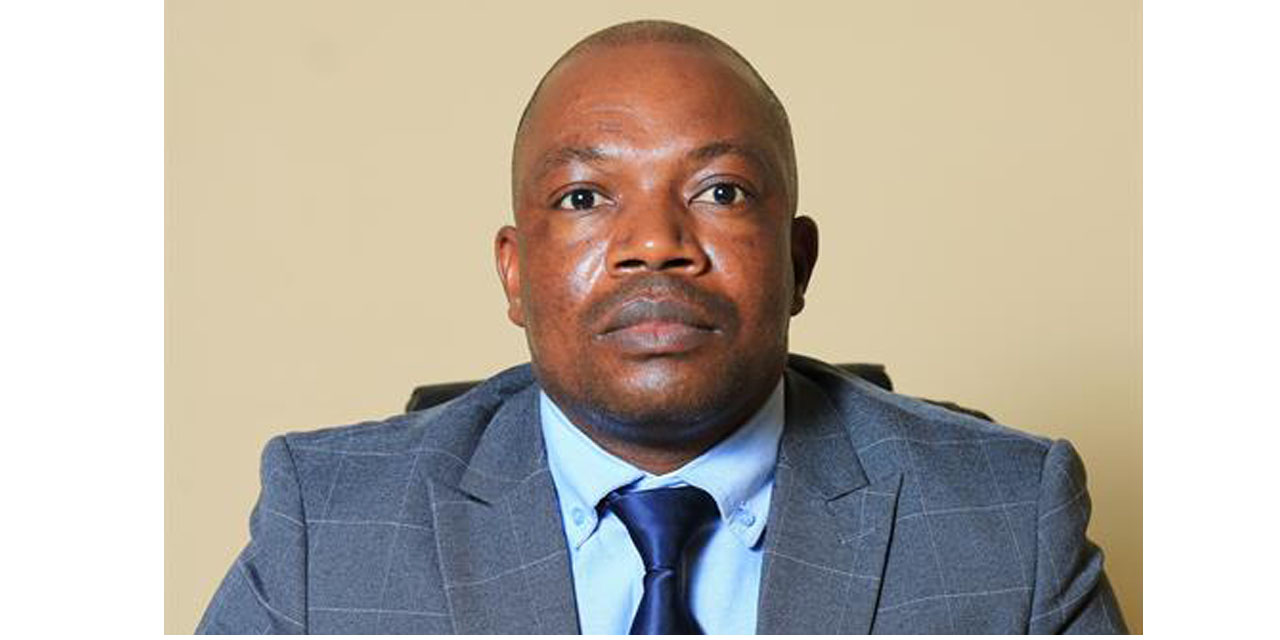Martin Endjala
The Rundu Constituency Councillor in the Kavango East region Paulus Mbangu has cited the drought assessment as biased and discriminatory, saying that the assessments are only conducted in areas that are not in dire need of drought relief.
According to Mbangu, a number of rural areas are left out on the drought relief roll-out.
“Yes, the assessments carried out by the Office of the Prime Ministet often aid regions which have been affected by the drought, floods and so forth, but who says these are the only regions suffering from this? This region occasionally has its budget drastically cut, and low outputs, “Mbangu said.
Venting his frustration, adamantly expressed his discontent in the manner in which the assessment survey is being conducted. According to him, eight Urban Vulnerability and Assessment Analysis have been conducted in the Rundu Urban Suburb area compared to seven in the Rundu Rural area.
The Councillor expressed this upon learning that assessments were done in areas such as Tutungeni, which according to him are economically stable areas compared to Sauyema and other rural areas like Makwe and Mashare.
“The decision to conduct assessments in areas that are well-off is questionable. Even if they conduct such assessments and compile reports, the reports will not be accurate as they do not reflect the reality of the situation on the ground since the areas which are in dire need have not been assessed. How do you assess an area that is already well of? It is like assessing Academia or Cimbebasia and it just does not make any sense”, lamented Mbangu.
Mbangu further stated that the climate challenges in the region are well known and the situation of the region. Despite the ploughed fields in the region, the low rainfall in the region has resulted in the residents needing drought relief, he stressed.
He has since called on the Office of the Prime Minister to roll out drought relief to the rest of the Kavango regions as he foresees another pandemic outbreak of starvation if the roll-out is not done as soon as possible and for the two Kavango regions to be declared as drought risk areas.
Meanwhile, the OPM recently concluded a drought assessment in the Omaheke region in the Aminus Constituency with a compiled report said to be finalized.
The Omusati, parts of Kunene and parts of the Erongo regions were recent recipients of drought relief, however, with the current drought trend seeming to persist, the rollo-0ut of drought relief might have to be extended to other regions.
The Office of the Prime Minister coordinated the drought relief in the Kunene Region, parts of the Erongo Region and parts of the Omusati Region, which entailed food assistance and water provision to communities.
The number of households assisted was 35 000 in Kunene Region, 6 185 in Erongo Region and 15 620 in Omusati Region at costs of N$67 million to date.
Responding to Mbangu’s concerns, Office of the Prime Minister Executive Director I-Ben Nashandi explained that the Multi stage-cluster methodology selects Primary Sampling Units (PSUs) randomly in the regions, using the Probability Proportional to Size.
The sample sizes he said, were determined to give reliable estimates of the population characteristics at the regional level, for example, the lowest domain of estimation.
This is done as per the National Statistic Agency data gathering criteria. These criteria are designed to ensure that households to be surveyed have an equal chance of being selected, Nashandi reiterated.
PSUs, he added are generated depending on the population density in a specific region.
Nashandi further stressed that the 2021 Household and Population Mapping Census done by Namibia Statistics Agency revealed that there were 20,887 households in urban areas compared to 14,337 households in rural areas with an average household size of six members per household, in Kavango East Region.
“When the proportional random probability sampling method is used, the urban area has more PSUs selected due to more people residing in urban compared to rural. For the 2022/23 VAA, the PSUs for Kavango East Region were nine in urban areas and six in rural areas of which Rundu rural constituency had two Primary Sample Units assessed”, said the ED.
The ED further emphasized that it is imperative for one to take into cognizance the fact that the VAA is not a Census which covers every corner of the country. Unlike the Census conducted nationwide, the VAA is conducted annually in all 14 regions.
“Not one region has been left out. Hence, the sampling methods are deployed to select households to be surveyed with those regions and constituencies. Kindly note that PSUs to be covered in VAA depend largely on the population in an area, constituency or region”.
In addition to this, primary sample units in a less dense area Nashandi pointed out, are lesser than those in highly populated areas like urban areas, compared to rural areas. Due to random selection, not all constituencies are selected. The vulnerability assessments are conducted once every year covering all 14 regions since its introduction in 2009. The 2023 VAA will be conducted this year during June and July.
He further added that the assessment uses the Integrated Food Security Phase Classification (IPC) to determine the level of livelihood and food security status in some specific areas.
The outcome of the analysis then classifies the severity of a food security situation per each Region according to the five-phase scales, namely: Minimal (Phase 1); Stressed (Phase 2); Crisis (Phase 3); Emergency (Phase 4); and Catastrophe (Phase 5).
When the Classification is in Phases One and Two, the situation of food security can be addressed through coping mechanisms. Beyond Phase three, outside intervention, such as relief assistance is provided, Nashandi stressed.




